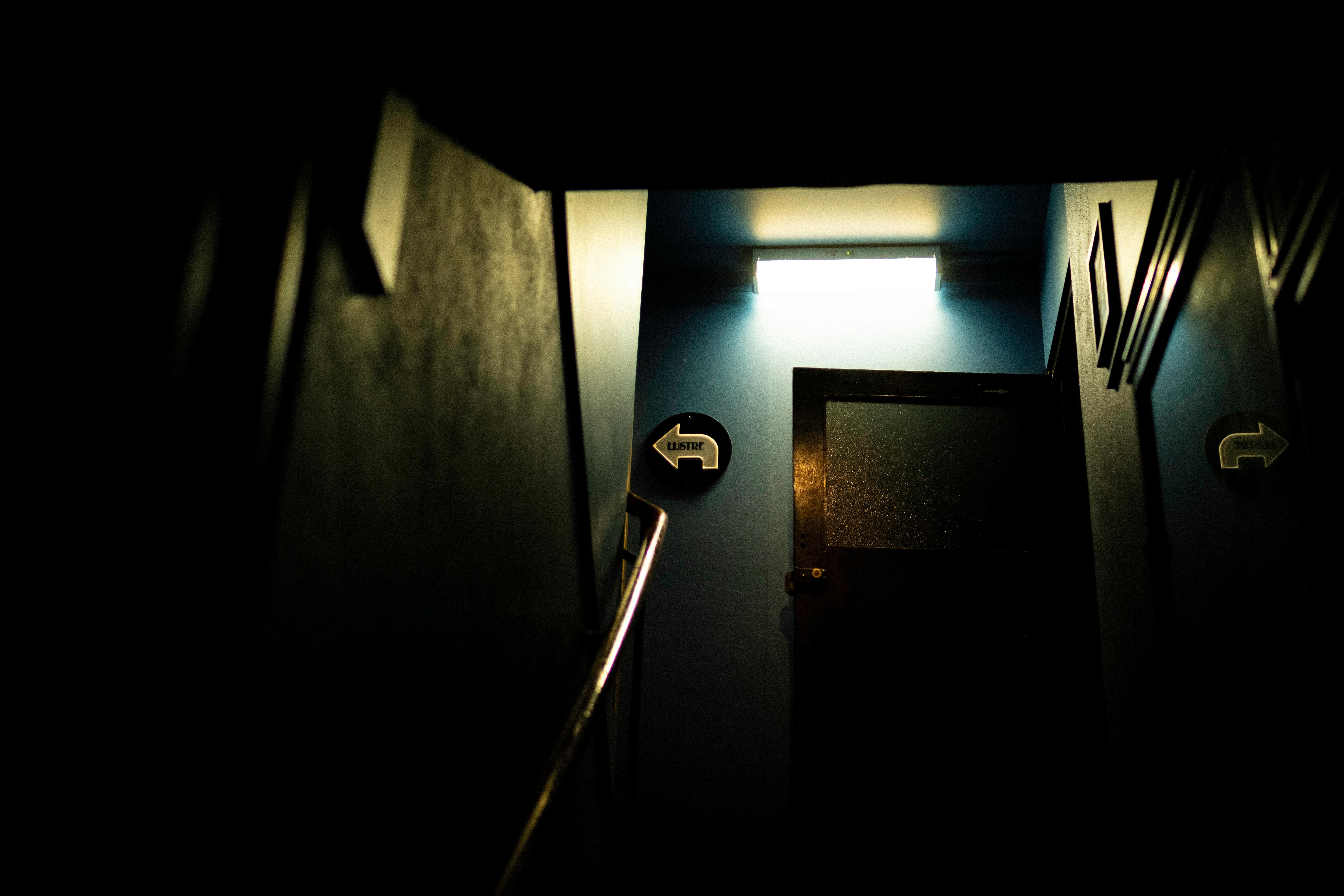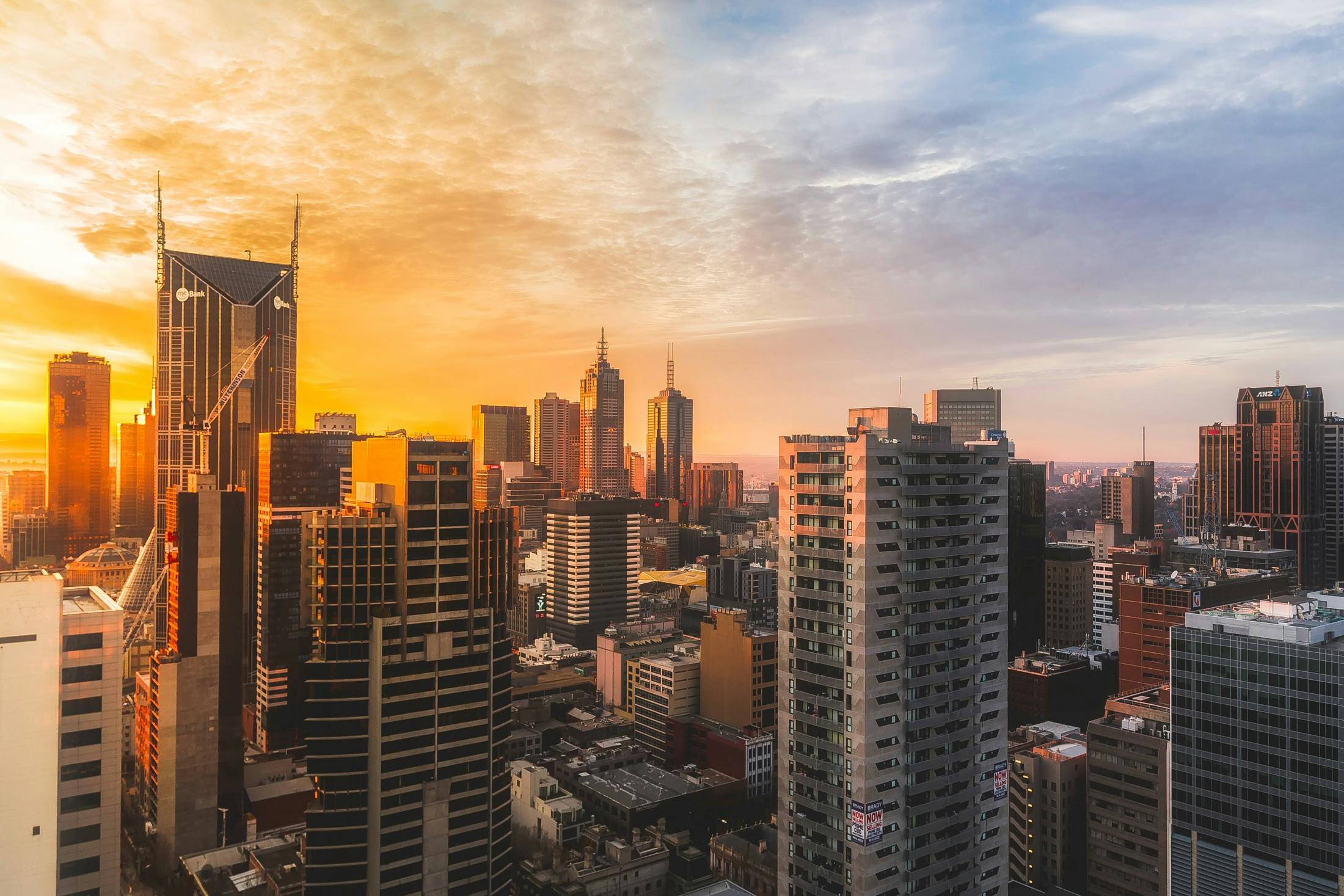
Melbourne, the cultural capital of Australia, is a vibrant metropolis that beautifully blends historic charm with a modern, cosmopolitan lifestyle. Known for its art scene, coffee culture, diverse neighborhoods, and sporting events, Melbourne offers something for every traveler. Whether you’re visiting for the first time, returning for a deeper experience, or considering settling down, this guide aims to provide you with practical information, cultural insights, and must-see attractions to make the most of your stay in this incredible city.
Table of Contents
Main Attractions in Melbourne
1. Federation Square
Located in the heart of Melbourne, Federation Square is a bustling cultural precinct and the city’s meeting point. The architecture is strikingly modern, contrasting with the historic buildings nearby. Here, you’ll find the Ian Potter Centre: NGV Australia which focuses on Australian art, as well as the Australian Centre for the Moving Image (ACMI), a must-visit for film and digital media enthusiasts.
2. Royal Botanic Gardens
Spanning 38 hectares, these gardens are a peaceful green oasis in the city. Perfect for a morning stroll, a picnic, or birdwatching, the gardens also showcase Australian and exotic plants. Don’t miss the Aboriginal Heritage Walk, which provides insight into the indigenous connection to the land.
3. Melbourne Cricket Ground (MCG)
Sports fans should not miss the MCG, one of the world’s most famous sporting arenas. Home to cricket, Australian Rules football (AFL), and the occasional concert, a tour of the stadium offers a fascinating glimpse into Australia’s sporting culture.
4. Queen Victoria Market
This historic marketplace has been serving Melburnians since 1878. It’s a lively place to sample fresh produce, international foods, unique souvenirs, and handmade crafts. The night market, held seasonally, is a festive event with food stalls, live music, and entertainment.
5. Street Art in Hosier Lane
Melbourne’s laneways, especially Hosier Lane, are famous worldwide for their ever-changing street art. It’s an outdoor gallery showcasing vibrant graffiti, murals, and stencil art created by local and international artists.
6. Eureka Skydeck
For breathtaking panoramic views of Melbourne and beyond, head to the Eureka Skydeck in the Southbank precinct. It’s the highest public vantage point in the Southern Hemisphere. For thrill-seekers, the “Edge Experience” offers a glass cube that projects out from the building.
7. St Kilda Beach
Sandy shores, lively piers, and bustling cafes make St Kilda a favorite for both locals and visitors. It’s a great spot to watch the sunset, enjoy a seaside walk, or spot the famous little penguins at the pier during dusk.
Where to Eat: Melbourne’s Food Scene
Melbourne is often dubbed Australia’s food capital, and rightly so. Its multicultural population brings together flavors from all over the world.
Cafés and Coffee Culture
Melbourne takes its coffee seriously, and the city is dotted with independent cafes serving expertly brewed espresso. Try Market Lane Coffee in South Melbourne or Patricia Coffee Brewers in the CBD. Don’t shy away from ordering a flat white — it’s an Aussie coffee classic.
Iconic Breakfast Spots
- Hardware Société in the CBD is famous for its French-style breakfasts and inventive dishes.
- Top Paddock in Richmond offers beautiful brunch plates with fresh, seasonal ingredients.
Diverse Dining Districts
- Chinatown: Located on Little Bourke Street, it’s packed with authentic Asian eateries including Chinese, Malaysian, Vietnamese, and Japanese cuisines. Try Shujinko for ramen or Flower Drum for upscale Chinese dining.
- Lygon Street (Carlton): Known as Melbourne’s Little Italy, it’s lined with charming Italian restaurants and gelato shops. D.O.C Pizza & Mozzarella Bar is a crowd favorite.
- Brunswick Street (Fitzroy): A hipster haven with a mix of vegan cafes, tapas bars, and pubs. Try Smith & Daughters for plant-based dining that impresses even meat-eaters.
Fine Dining
For special occasions, Melbourne offers many acclaimed fine dining restaurants including Attica in Ripponlea, which is often ranked among the best in the world, focusing on native Australian ingredients.
Getting Around Melbourne
Public Transport
Melbourne boasts an extensive public transport network consisting of trams, trains, and buses. The tram system is one of the largest in the world and is especially convenient within the central business district (CBD). In fact, travel on most trams within the Free Tram Zone (roughly the CBD area) is free.
Myki Card: To use trains, trams (outside the Free Tram Zone), and buses, you need a Myki card, which you can purchase at stations, some newsagents, and convenience stores. You can top up the card online or at physical outlets.
Cycling
Melbourne is progressively becoming more bike-friendly, with many dedicated bike lanes and paths. You can rent bikes through various services, including Lime and Neuron electric scooters and bikes, which you can unlock via smartphone apps.
Walking
The city center is very walkable, and many hidden gems can be found by exploring the laneways and arcades on foot. Wear comfortable shoes and be prepared for varying weather.
Driving
If you plan on exploring outer suburbs or nearby attractions like the Great Ocean Road, renting a car is handy. However, within the city, parking can be expensive and scarce. Public transport or rideshares (Uber, Ola) are usually better options for urban travel.
Cultural Insights & Local Etiquette
Diverse and Welcoming Population
Melbourne’s population is a mosaic of ethnicities and cultures, with significant communities from Italy, Greece, China, India, Lebanon, and many other nations. This diversity is reflected in the city’s events, festivals, and culinary delights. Locals are generally friendly, open-minded, and proud of their multicultural city.
Aussie Slang Made Easy
Understanding some local slang can enhance your experience:
- Arvo – afternoon
- Brekkie – breakfast
- Thongs – flip-flops
- Footy – Australian Rules Football
- Barbie – barbecue
Tipping
Tipping is not mandatory in Australia but appreciated for exceptional service. In cafes and casual dining, rounding up the bill or leaving 5-10% is common. In fine dining, 10-15% is a nice gesture.
Respect for Indigenous Culture
Melbourne is on the traditional lands of the Kulin Nation. When visiting cultural sites or attending events, it’s important to show respect. Many places will acknowledge the traditional owners with a “Welcome to Country” or “Acknowledgement of Country” — participating respectfully in these rituals is appreciated.
Weather & Clothing
Melbourne is known for having “four seasons in one day,” so it’s best to dress in layers and carry a light rain jacket regardless of the season. Sunscreen and hats are advisable even on cloudy days.
Essential Tips for Visitors
1. Stay Connected
Getting a local SIM card can be convenient for maps, bookings, and communication. Providers like Telstra, Optus, and Vodafone offer prepaid plans at airports and stores.
2. Safety
Melbourne is generally safe, but like any big city, keep an eye on your belongings, especially in crowded places. Nighttime public transport and rideshares are safe, though it’s best to avoid poorly lit or deserted areas.
3. Currency and Payments
Australia uses the Australian Dollar (AUD). Cash is accepted but cards and contactless payments (e.g., Apple Pay, Google Pay) are more common and convenient.
4. Time Zone
Melbourne operates on Australian Eastern Standard Time (AEST) or Australian Eastern Daylight Time (AEDT) during daylight saving (early October to early April).
5. Language
English is the official language and widely spoken, but the city’s multiculturalism means you’ll hear many languages around.
6. Public Holidays & Events
Check for public holidays such as Australia Day (January 26) or Melbourne Cup Day (first Tuesday in November). Melbourne hosts major festivals like Melbourne International Comedy Festival, Melbourne Festival (arts), and Grand Prix, so plan ahead as accommodations and transport can be busy.
Conclusion
Melbourne is a city that invites exploration and engagement. From its laneways bursting with art, diverse culinary scene, green spaces, and rich cultural tapestry, it offers a warm and dynamic experience to visitors from all walks of life. Whether you’re a food lover, sports fanatic, art enthusiast, or simply a curious traveler, Melbourne welcomes you with open arms.
Remember to immerse yourself in the local culture, respect the indigenous heritage, and enjoy the unique Australian vibe that makes Melbourne truly unforgettable.
Happy travels!
